This essay comes from a short first year undergraduate course on the history of the Internet. The course had a couple of face-to-face seminar meetings, but was mainly taught on line. Coursework essays [US – term papers] were submitted in the form of ‘web essays’. Students were asked to create pages with hyperlinks, and although marks were given principally for the content of the essay, the final grade also took into account their web design skills.
Assignment question
The Internet has expanded very rapidly in the years between 1990 and 2000, but its origins go back to the post-war years.
Discuss the earlier phases of the development of the Net, and in particular consider the outstanding figures who have made significant technological contributions. Does any one of them seem to warrant the description of ‘creator of the Internet’?
Web Essay
Student: James Higginson
Course: An Introduction to the Internet
Home
Introduction – What is the Internet? – Internet evolution – Father of the Internet
Assignment resources – Essay plan – Definition of terms – Tutor comment
Copyright © James Higginson 2000
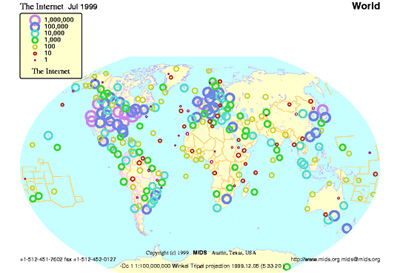
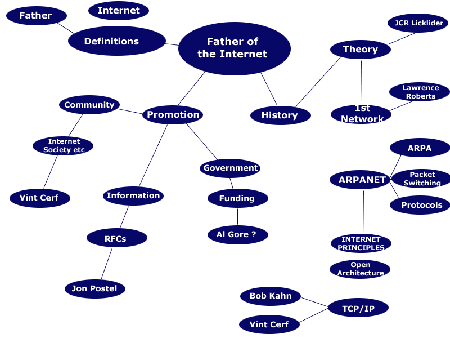
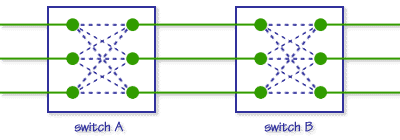
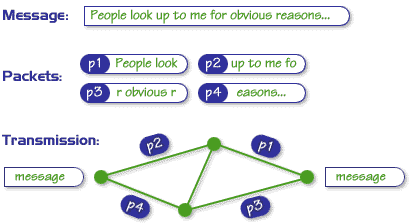
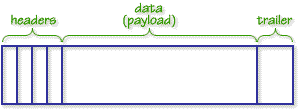
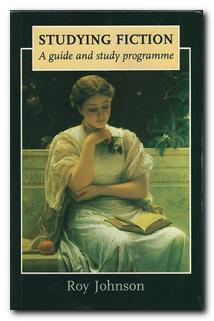 Studying Fiction is an introduction to the basic concepts and technical terms you need when making a study of stories and novels. It shows you how to understand literary analysis by explaining its elements one at a time, then showing them at work in short stories which are reproduced as part of the book. Topics covered include – setting, characters, story, point of view, symbolism, narrators, theme, construction, metaphors, irony, prose style, tone, close reading, and interpretation. The book also contains self-assessment exercises, so you can check your understanding of each topic. It was written by the same author as the guidance notes on this page that you are reading right now.
Studying Fiction is an introduction to the basic concepts and technical terms you need when making a study of stories and novels. It shows you how to understand literary analysis by explaining its elements one at a time, then showing them at work in short stories which are reproduced as part of the book. Topics covered include – setting, characters, story, point of view, symbolism, narrators, theme, construction, metaphors, irony, prose style, tone, close reading, and interpretation. The book also contains self-assessment exercises, so you can check your understanding of each topic. It was written by the same author as the guidance notes on this page that you are reading right now.